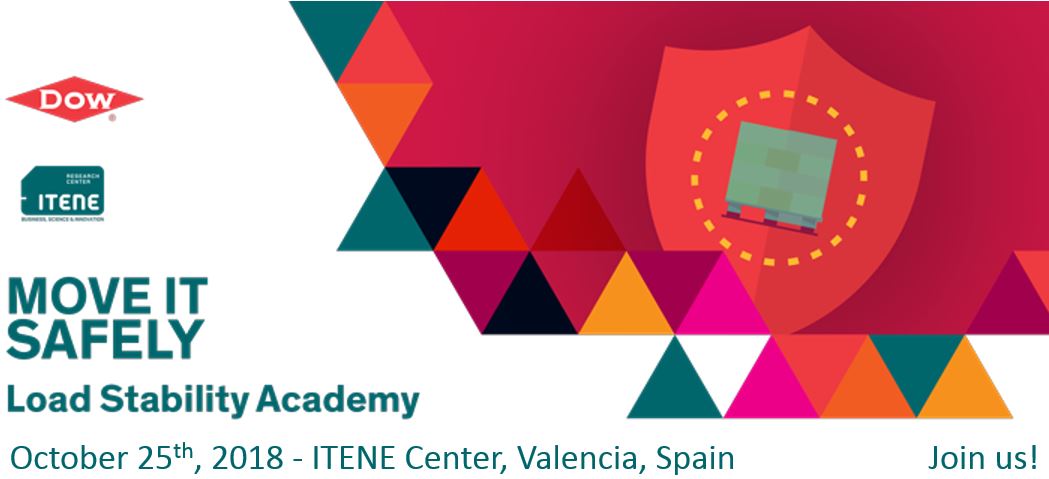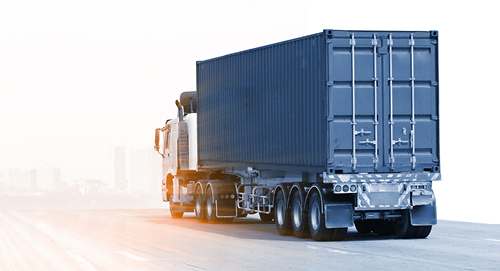
Move it Safely in Valencia on next October the 25th
5 October 2018
Arnaud Dupasquier – New guidelines regarding cargo securing for radioactive substances DE
14 October 2018Hier finden Sie die deutsche Version dieses Artikels
New guidelines for radioactive substances
At the 5th Eumos Symposium 2017 in Vienna, Arnaud Dupasquier, General Secretary of Eumos and representative of FCE Arrimage in France, was among those who took the floor. He supplemented the programme with his contribution on the topic of “New guidelines regarding cargo securing for radioactive substances”.
There is no standard material for radioactive substances
Of course, there are regulations on this subject, but most of these concern packaging; only a very few mention cargo securing. Problems can occur especially when accelerating. To keep the friction levels low, an anti-slip material needs to be employed in combination with blockages and lashing forces. The securing must not only be undertaken horizontally, but also vertically. However, it is difficult to specify a standard material to be used for each and every type of dangerous good. Ultimately, this is another instance where securing must take place in adjustment with the conditions of the transported substance.
Accidents have been on the rise since 2013
Statistically, France has a great deal of nuclear power stations and weapons. 96% of radioactive materials are transported via roads. Since 2013, the number of transport incidents has been rising, the same year as EN 12195-1 was implemented. Immediately, a task group was created to evaluate these incidents. It became clear that hardly anyone had followed the standard and all of the problems were attributable to human error.
New standards in force since 2016
The reasons for this are obvious: The standards for cargo securing are not always known, which is due to a lack of training. Following this, a manual for all involved in the process chain was created in November 2016 in order to significantly improve the error rate. Targeted training is however also important in this process, so that new regulations become known. In this context, it is above all else important to understand which forces can act on the material during transport, but also how to secure the material correctly.
Commonly comprehensible manual as a goal
Of course, this manual is subject to further improvements in the future. Most importantly, it needs to be commonly comprehensible and therefore guarantee practical help. It is additionally supplemented by a checklist which systematically lists points to be kept in mind.
The full lecture is as always
As slideshow to read:
Arnaud Dupasquier – New guidelines for securing cargo for radioactive substances
As a podcast for the car:
As a video for the road or at home:
[embedyt] https://www.youtube.com/watch?v=KFcsgPxfyF4[/embedyt]




